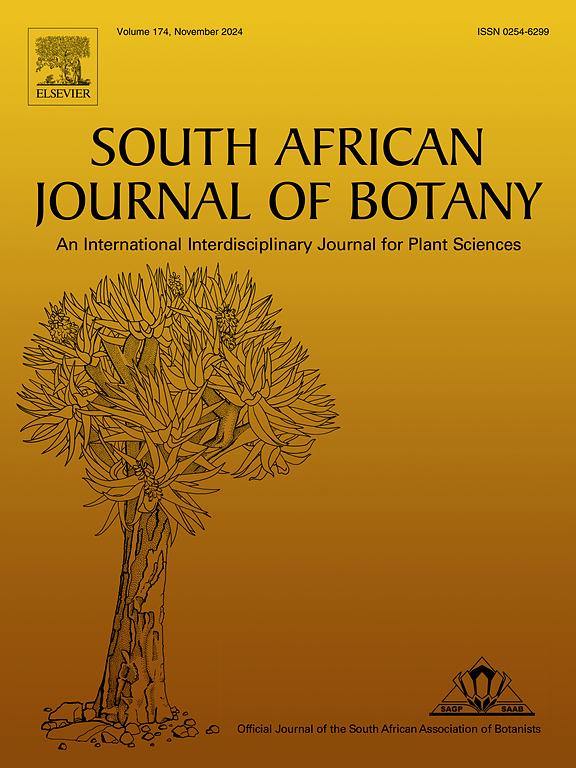How do pH reduction and the addition of potassium metabisulfite impact colour and the phenolic and anthocyanin profiles in red araçá (Psidium cattleianum Sabine) wine?
IF 2.7
3区 生物学
Q2 PLANT SCIENCES
引用次数: 0
Abstract
This study evaluated the effect of reducing the pH of the must and adding potassium metabisulfite at different stages of the process on the physicochemical parameters, color, phenolic composition, and antioxidant activity of red araçá wines. Six beverage formulations were prepared, three using the original pH of the pulp (pH 3.0) and the other three adjusting the pH to 2.8 with citric acid. Potassium metabisulfite (K2S2O5) was added to all the formulations but at different stages: 100 mg.L−1 in the pre-fermentation stage (MI), 50 mg.L−1 in the pre-fermentation stage + 50 mg.L−1 in the post-fermentation stage (MP), and 100 mg.L−1 in the post-fermentation stage (MF). The primary organic acids in red araçá wine were citric, malic, glycolic, and lactic acid. The initial pH influenced the red coloration of the CIELab color scale, with more significant effects observed in wines with an initial pH of 2.8. The MI and MP samples with an initial pH of 2.8 exhibited the highest antioxidant activity in the DPPH test, reaching 20.99 µM Trolox equivalent (TEAC).mL−1 and 20.28 µM.mL−1 TEAC, respectively. Fourteen phenolic compounds were identified in the red araçá wine, with gallic acid, catechin, and tyrosol being the main compounds. Furthermore, the results revealed that reducing the pH to 2.8 and adding 100 mg of K2S2O5 in the pre-fermentation stage contributed significantly to a higher content of cyanidin-3-glucoside, aiding in preserving the beverage's reddish color. This study pioneered the production of fermented beverages from red araçá.
求助全文
约1分钟内获得全文
求助全文
来源期刊

South African Journal of Botany
生物-植物科学
CiteScore
5.20
自引率
9.70%
发文量
709
审稿时长
61 days
期刊介绍:
The South African Journal of Botany publishes original papers that deal with the classification, biodiversity, morphology, physiology, molecular biology, ecology, biotechnology, ethnobotany and other botanically related aspects of species that are of importance to southern Africa. Manuscripts dealing with significant new findings on other species of the world and general botanical principles will also be considered and are encouraged.
 求助内容:
求助内容: 应助结果提醒方式:
应助结果提醒方式:


